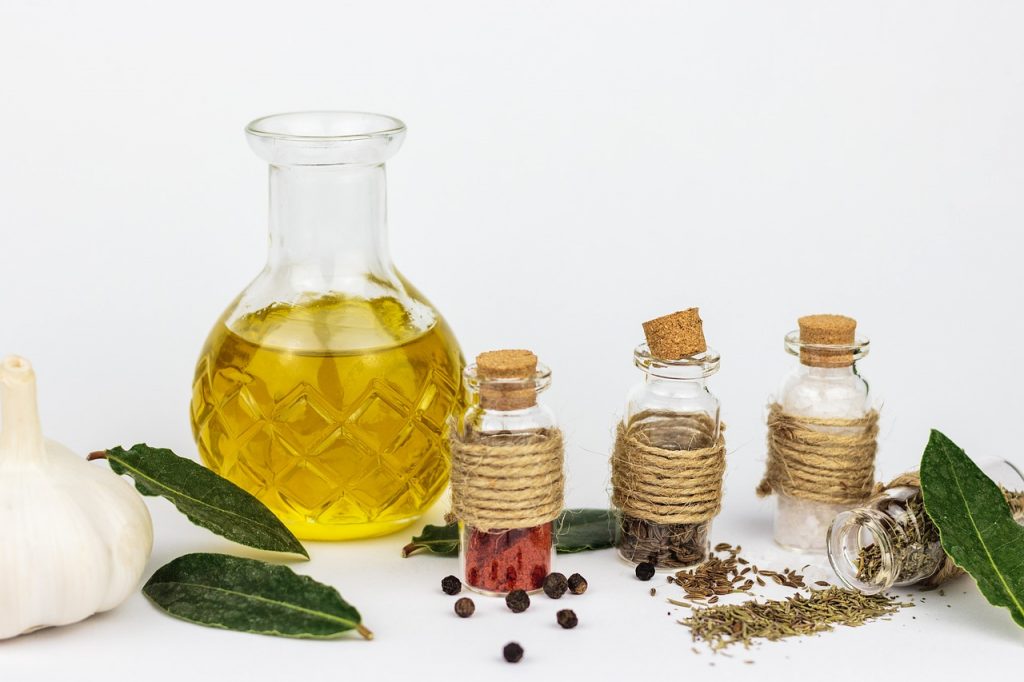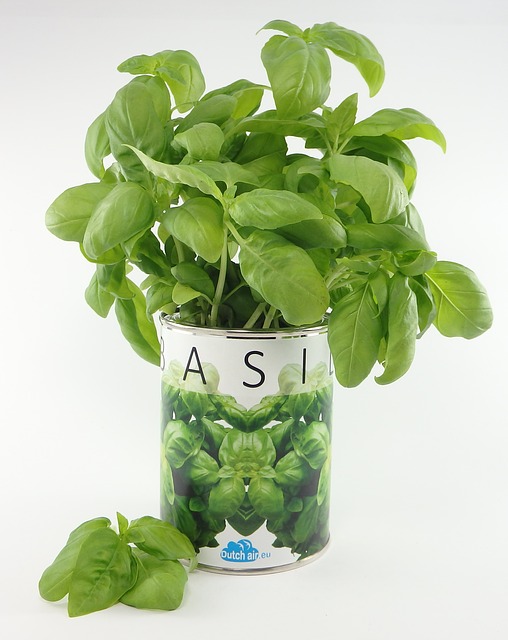
Easy Herbs To Grow For Beginners? As a beginner, the first thing that should be noted, before you get started with this process, is that it can take anywhere from two weeks to three months for the herb plant to fully mature and produce leaves, flowers, or seeds. Once they are grown enough, you’ll want to take them inside or out of direct sunlight so the plant doesn’t die. If you’re growing an herb in a pot without drainage holes (like a flowerpot), make sure there’s some water sitting at the bottom of the container before planting your seedling. When harvesting these plants for use in cooking or other purposes, take care not to cut off more than one-third of its stem because doing so will keep it from growing back quickly.
Table of Contents
What are the best easy herbs to grow for beginners?

Herbs are easy to grow when your know-how. Starting an herb garden can be quite simple, even for complete beginners. You don’t need any experience in gardening or plant care before starting your own herb garden.
Before we start talking about the best easy herbs to grow, we think it is important for you to understand how herb plants grow and what kind of conditions they need.
Herbs like most green plants like light (either direct or indirect), water, and nutrients in order to survive and produce beautiful flowers and delicious leaves needed in every kitchen.
Here is a list of some easy herbs to grow for beginners:
1. Chives – Grown from an onion bulb, chives should be planted in the early spring and harvested before summer.
2. Ginger – A versatile plant that can be used to cook with, as a remedy for upset stomachs, and even grown indoors year-round.
3. Parsley – A herb most people are familiar with, it can be used either as a garnish or to add flavor to most dishes.
4. Mint – An herb that’s easy to grow and can be used for a variety of purposes, mint is best grown in containers with good drainage.
5. Oregano – A Mediterranean herb, oregano can be used in a variety of different dishes and is one of the most flavorful herbs on this list.
6. Rosemary – A pine-like herb, rosemary is great for adding flavor to meats and goes well with potatoes.
7. Sage – A Mediterranean herb, its grey-green leaves are commonly used as a garnish. Sage is best grown in dry soil.
8. Basil – A popular herb that’s often used in Italian dishes, basil has a sweet smell and taste.
9. Thyme – An evergreen herb that’s a common ingredient in many recipes, thyme is most commonly used to season meats.
10. Parsnips – These root vegetables are great for adding to soups and stews; however, they can be difficult to grow.
How to grow easy herbs in containers

Herbs are a must in any kitchen. There are some herbs that you can grow indoors like parsley or dill, but what about the ones that need outside space? What about those you can not keep alive long enough to use? Not anymore! I will show you some easy herbs to grow for beginners and some tips on how to succeed with them. There is nothing more rewarding than growing your own food. It is cheap, fun, and healthy! So let’s get started! Here comes the tips to grow easy herbs in containers.
1. Pick an area that gets at least 6 hours of sun a day.
2. Make sure the soil drains well, if it does not add sand or perlite to the soil. Herbs do best in a rich organic soil mixture with a PH of around 7-8. I recommend using potting soil for this project because it already has the right pH and draining qualities. You can buy bagged potting soil or make your own with composted cow manure, sphagnum peat moss, and vermiculite from your local home improvement store (it’s cheap). Mix them well together then test the ph level by taking a handful of moist dirt from your mixture and drop 2-3 drops of blue own.
3. Make sure the pot has good drainage by poking holes in the bottom if it does not.
4. Use small terra cotta pots because they are pretty, cheap, and drain well. If you plan on growing multiple herbs in one container though, then go for a larger container so that each herb can grow to its full potential without crowding other plants out of the pot. The soil should be filled up about halfway when planting your herbs. They like to be snug but not packed in too tight because they do need room to grow roots! So don’t overfill with soil or pack down too much or they will have trouble sprouting later on when it is time to plant them outside (if this is your goal).
5. Be sure to poke your finger in the center of each herb to make a little hole for its sprout (if you are starting from scratch). Place them 1-2 inches apart depending on the herb and water thoroughly until the water runs out the bottom of the pot. Make sure this happens or else you will be battling with root rot later on! I would suggest using room temperature tap water because cold water can damage roots; however, if you have hard tap water that contains high amounts of calcium and magnesium then run it through a filter before watering your herbs. Or use rainwater instead because these minerals inhibit nutrient uptake by plants.
6. Keep an eye on them and allow them to grow for 2 weeks before planting outside if this is your goal. It takes some time for the roots to grow and get established so they can handle being transplanted!
7. Be sure to fertilize them starting 2 weeks after planting if you are growing in an area with low nutrients in the soil (such as my yard). You can start by using organic fertilizer or compost tea which will help them along their way. However, It is not recommended to put too much fertilizer at one time. Because this can burn their foliage later on, especially if they are still young.
Tips on harvesting and storing your fresh herb plants.
When harvesting your fresh herb plants, it’s important to keep in mind that you don’t want to damage the plant. The best time to harvest is just after the flowers have bloomed, but before they fully set seeds.
It is recommended that you remove no more than one-third of the leaves at a time and always cut with sharp scissors. Once you have harvested the leaves from a stem. You can cut them down to about two inches above the soil level.
Storing your fresh herbs properly will help them last longer and retain their best flavor. Wrap them in moist paper towels and store them in an airtight container like a plastic bag or mason jar. Always keep the leaves in the crisper drawer of your refrigerator.
FAQs
Conclusion
Growing easy herbs for beginners is a great way to get your feet wet when it comes to gardening. They do not require a lot of care. Beautiful in the landscape with their colorful flowers and a wide variety of texture and foliage shapes. Growing your own fresh, organic herbs can even save you some money on groceries. Because dried herbs tend to cost more than the actual plant in most cases! So grab some seeds or starter plants and give them a go in your garden this season.
